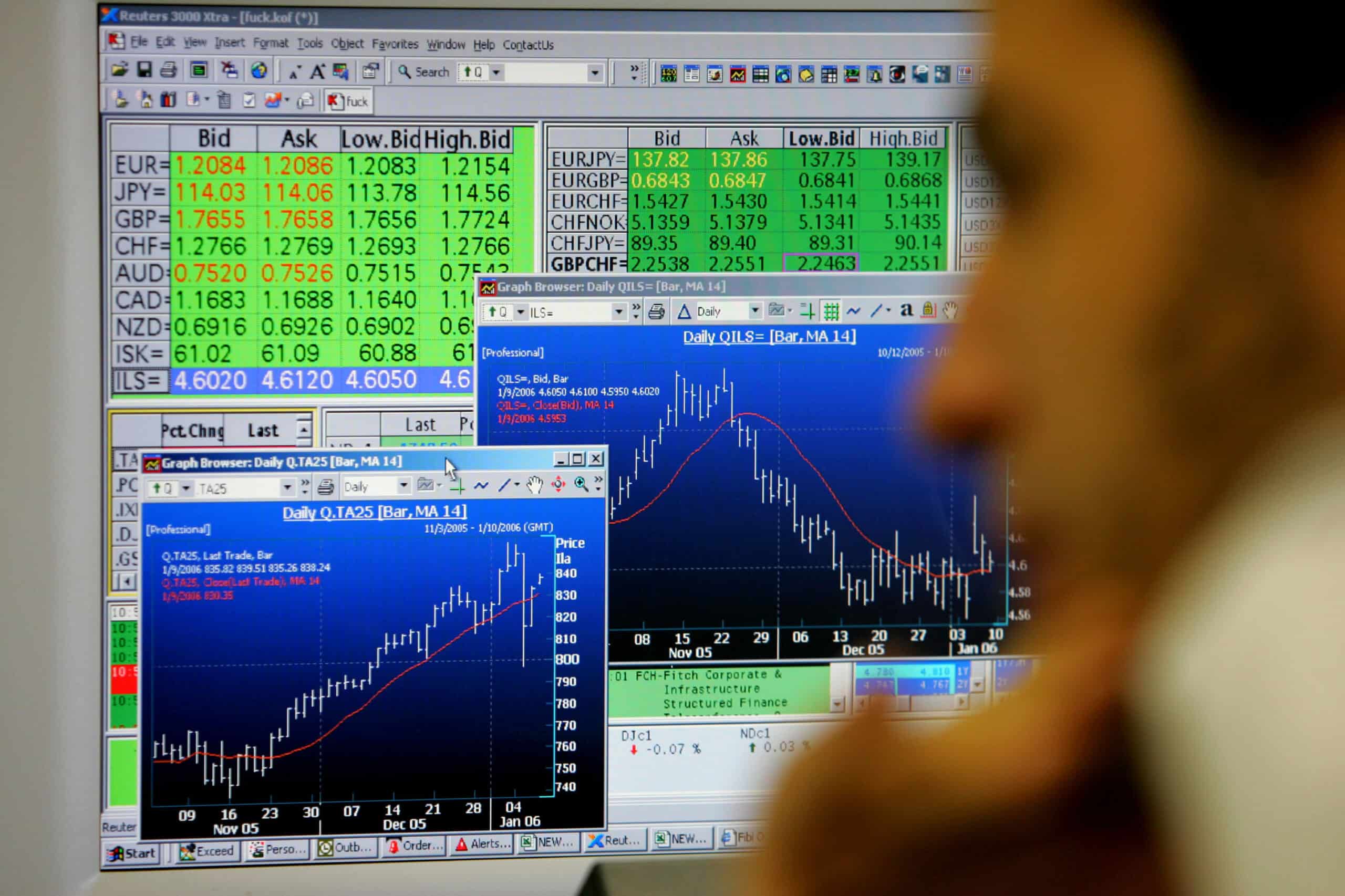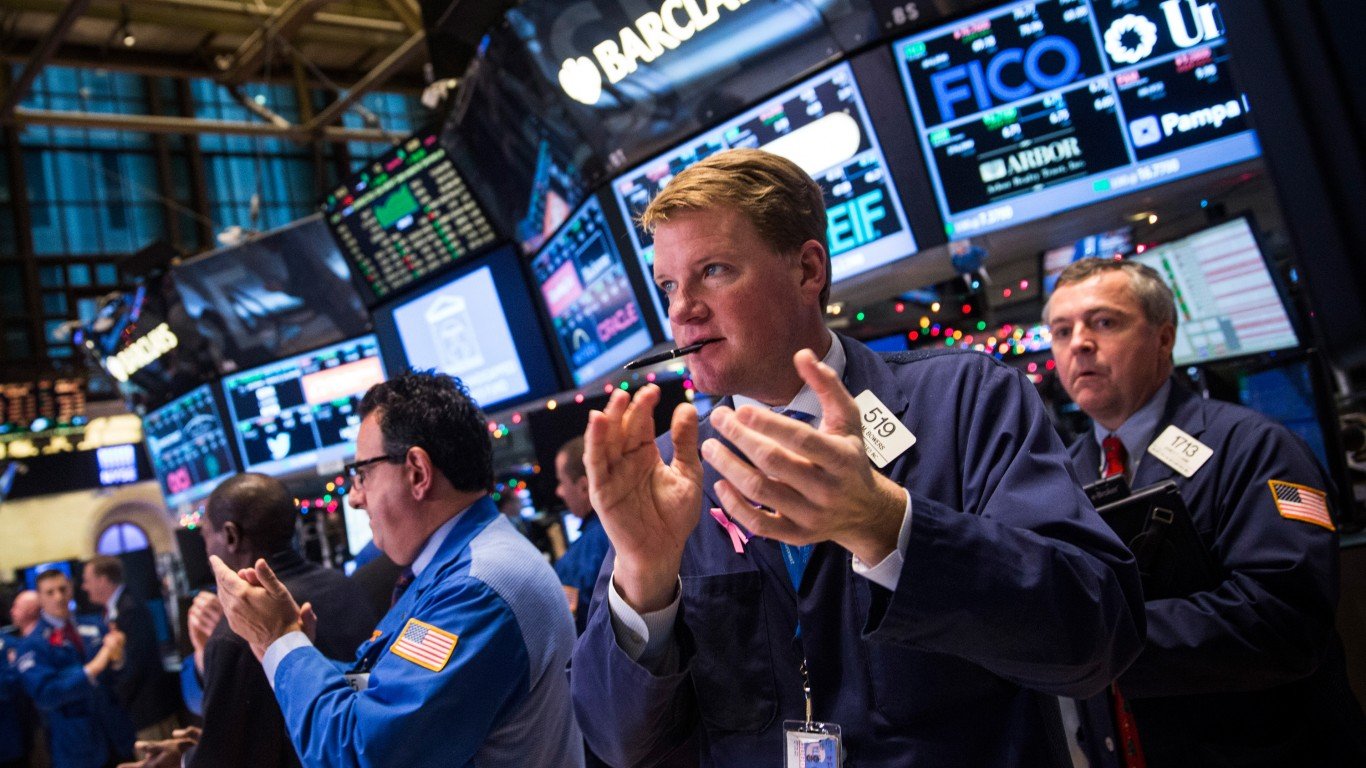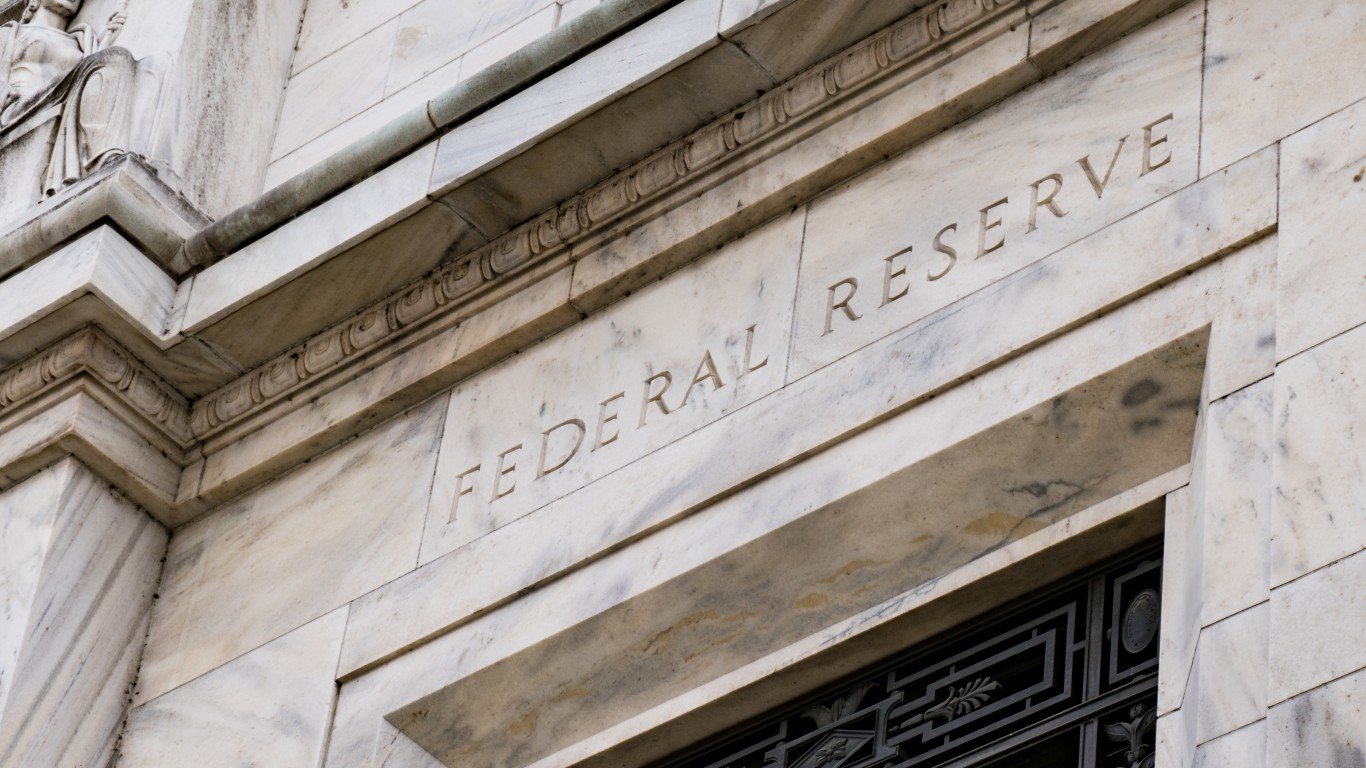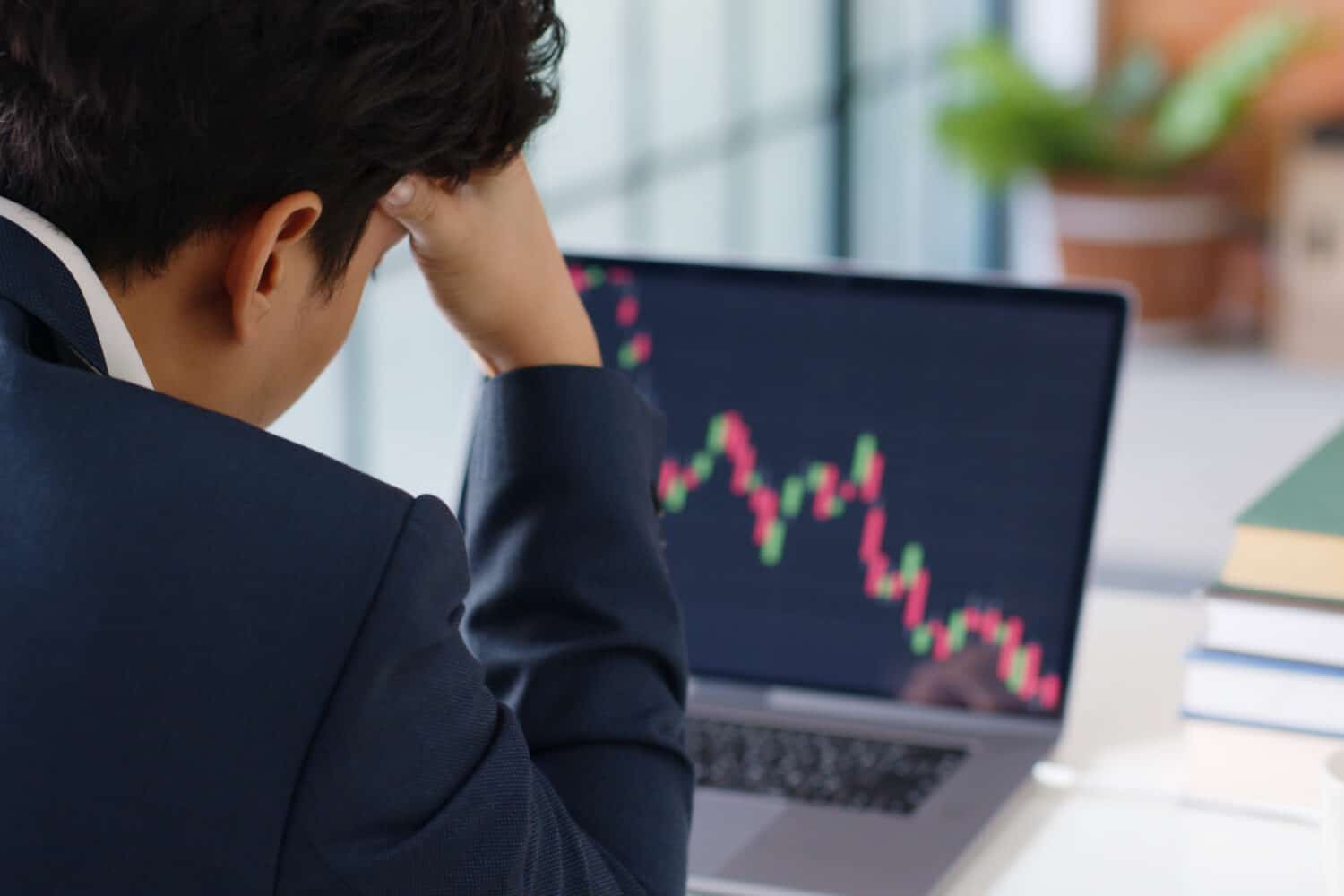

The future can be notoriously hard to predict, especially where the stock market is concerned. However, that doesn’t stop experts from trying!
Out of all the stocks out there, the S&P 500’s (NYSE: SPY) price looms large. As one of the major indexes, everyone has something to say about its future price.
We’ll explore some expert opinions and analyze historical trends in this article. Of course, even with all the expert opinions in the world, predicting the future is still next to impossible.
Let’s dive into the potential factors that may shape the S&P 500’s journey into 2030.
S&P 500’s Performance Last Decade

The S&P 500 had a strong decade from 2014 to 2023. The index saw significant growth. However, it also experienced periods of volatility. It wasn’t always shooting for the stars.
The index saw an impressive return of 163% over the last decade, which is an annualized growth of around 10.26%. This performance was around the historic performance of the index, though. While 163% may seem like a lot, it isn’t that surprising.
The trend overall was positive. However, the market did experience significant periods of volatility over the last decade, with some huge corrections.
This return assumes that the dividends were reinvested, though. In other words, they were used to purchase additional sales, amplifying the return. Returns would be a bit lower if the dividend was pocketed.
3 Key Drivers of the S&P 500’s Performance Through 2030

Predicting the future of the S&P 500 is inherently challenging. After all, no one has a crystal ball. However, understanding some key drivers can help us make more accurate predictions:
1. Economic Growth
A strong, sustained economy both at home and abroad is vital to support growth for the companies in the S&P 500. Because these companies are so large, much of the growth potential is directly linked to how well the economy is doing. These companies tend to have higher stock prices when the economy is improving.
On the other hand, an economic slowdown could harm the stock’s growth. Of course, lots of factors affect the overall economy, like political stability and global trade politics. All of these factors also affect the S&P 500.
2. Technological Innovation
Many of the stocks in the S&P 500 are tech-focused companies. Therefore, the development and adoption of new technologies greatly impact the S&P 500’s stock price. If we continue to see breakthroughs in artificial intelligence, automation, and renewable energy, the whole index may see continued growth.
However, technological investments can also be hit-or-miss. These investments don’t always work out and can hit a company’s bottom line.
Plus, other industries may see disruption because of these advancements. This may impact the companies in the S&P 500 or affect the underlying stock price.
3. Monetary Policy
The monetary policy of the United States government also impacts the stock market, including the S&P 500. Specifically, interest rates set by the Federal Reserve could impact investment decisions. Lower interest rates make stocks more attractive than bonds, increasing stock prices. Rising interest rates may lead to increased interest in fixed-income options, though.
S&P 500 Price Prediction in 2030: Bull, Bear & Base

We predict the S&P 500 will increase around 60-80% from its current levels by 2030. However, there is always the chance that unforeseen events could affect these numbers. There is also a small chance that all the factors we discussed above may turn out positively or negatively.
Let’s take a look at the bull, bear, and base case a bit closer:
Bull Case for S&P 500 Prices
A bull case for the S&P 500 would include 80-120% growth. This very optimistic scenario assumes that a lot goes right and very little goes wrong.
There would need to be a strong economic boom beyond the usual steady growth. Technological breakthroughs and a surge in consumer spending may fuel this boom. Either way, corporate earnings would need to be exceedingly strong.
Likely, there would also be disruptive innovations. These changes may create entirely new industries or change existing ones. The companies in the S&P 500 would probably change as some industries see tons of growth while others shrink. Companies at the forefront of innovation would likely see the highest amount of growth.
On top of this innovation, the S&P 500 must-see supportive government policies. Stable global relations and little political tension would be required to encourage a thriving economy and keep investor outlooks high.
Base Case for S&P 500 Prices
The base case shows a 60-80% growth in the S&P 500. This scenario assumes moderate and sustained global economic growth, which will increase the value of stocks accordingly. Corporate earnings will continue to grow steadily.
The exact factors that lead to this growth are less important. Stable trade policies, increasing global trade, and lowered inflation could all play a role. However, in the end, the only thing that matters is steady growth.
Continued development in artificial intelligence and automation could drive innovation and increase stock prices, too. Innovation can be a key driving role in company valuations, which will increase the S&P 500’s price.
This scenario also assumes that there are relatively stable interest rates. There is some room for up-and-down movement as the economy shifts. However, exceptionally high and exceptionally low interest rates could lead to more or less growth.
Bear Case for S&P 500 Price
The bear case could see lower-than-average growth of under 60%. In a very rare case, the S&P 500 may even see a decline of up to 20%. However, a few very big things would need to go poorly.
For instance, a significant economic downturn would likely drag the S&P 500 down. A global recession, trade wars, or other financial hardships would need to occur. These events would lead to declined corporate earnings.
There would also be plenty of geopolitical tensions, leading to instability. Investors tend to be less confident when global politics become spicy, which would impact the price of the S&P 500.
Significant interest rate hikes may also lower the growth of the S&P 500. However, other factors would also need to be at play for the growth to be slowed substantially for a long period.
Take This Retirement Quiz To Get Matched With An Advisor Now (Sponsored)
Are you ready for retirement? Planning for retirement can be overwhelming, that’s why it could be a good idea to speak to a fiduciary financial advisor about your goals today.
Start by taking this retirement quiz right here from SmartAsset that will match you with up to 3 financial advisors that serve your area and beyond in 5 minutes. Smart Asset is now matching over 50,000 people a month.
Click here now to get started.
Thank you for reading! Have some feedback for us?
Contact the 24/7 Wall St. editorial team.



